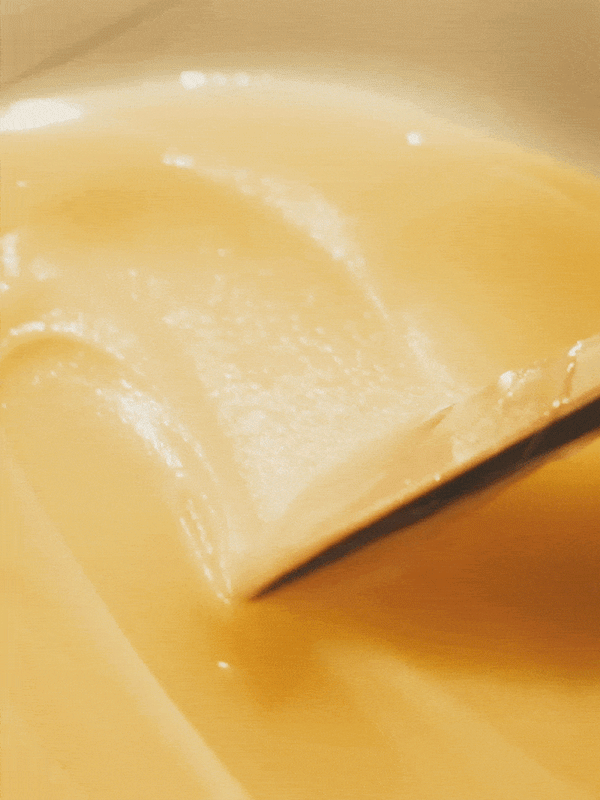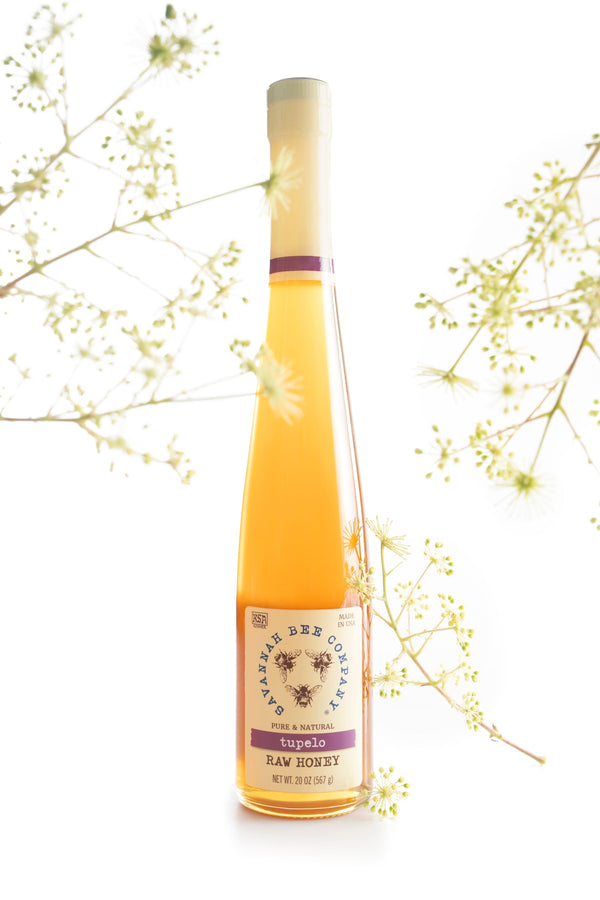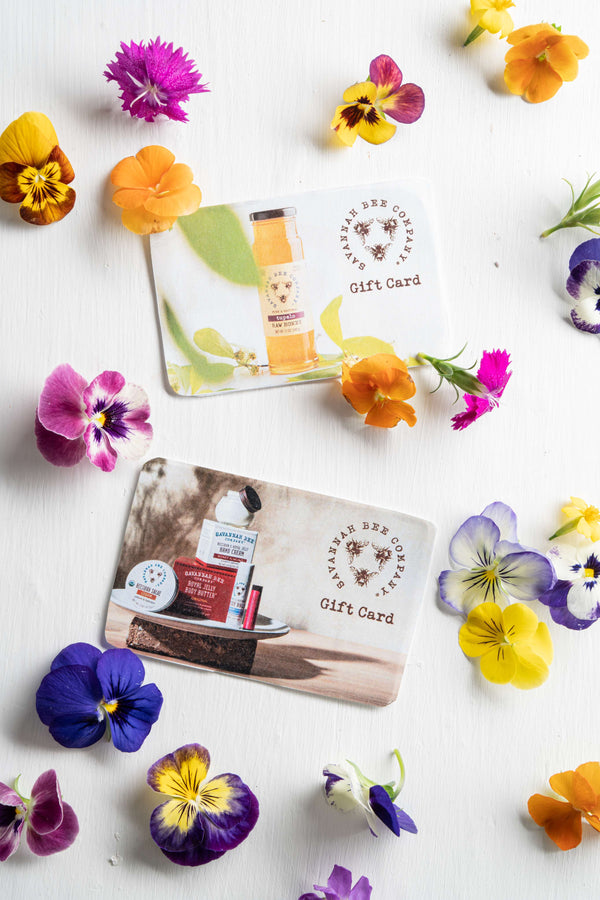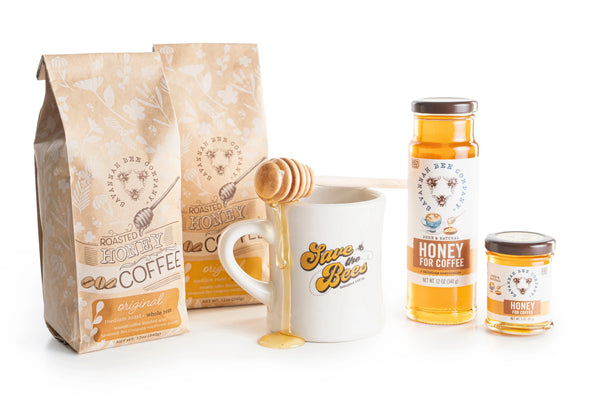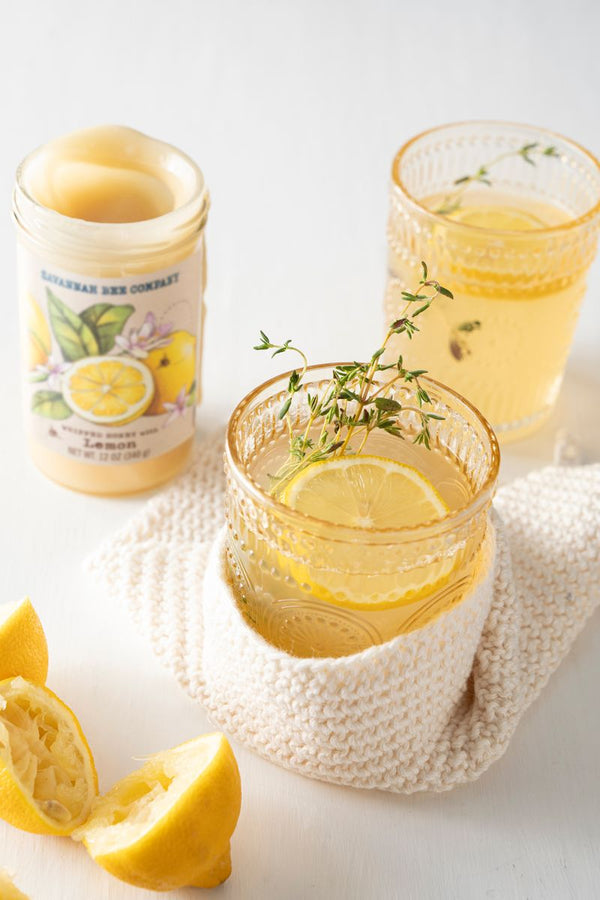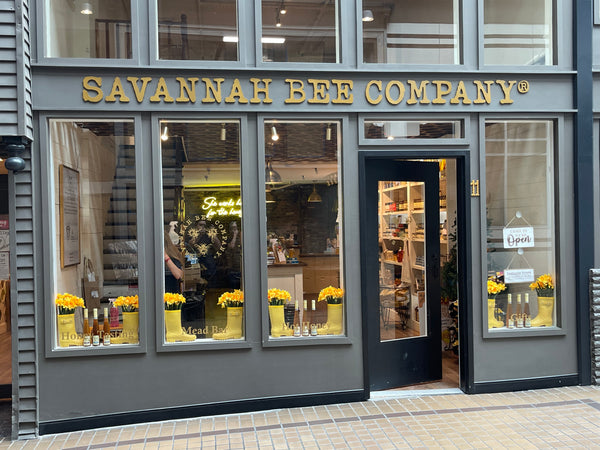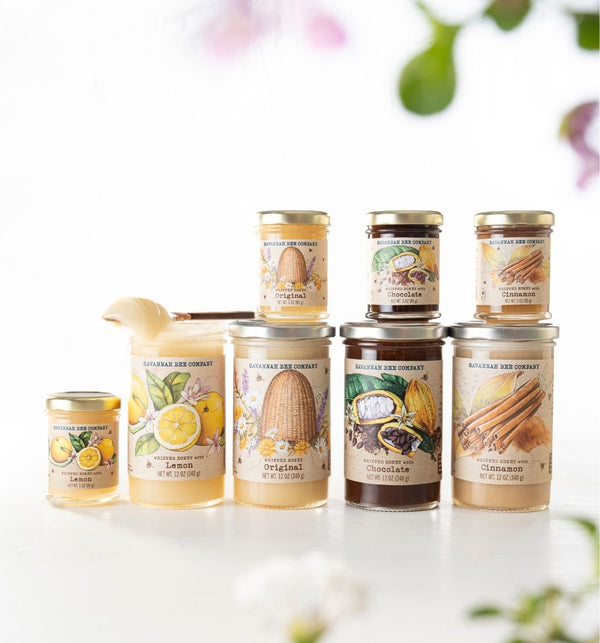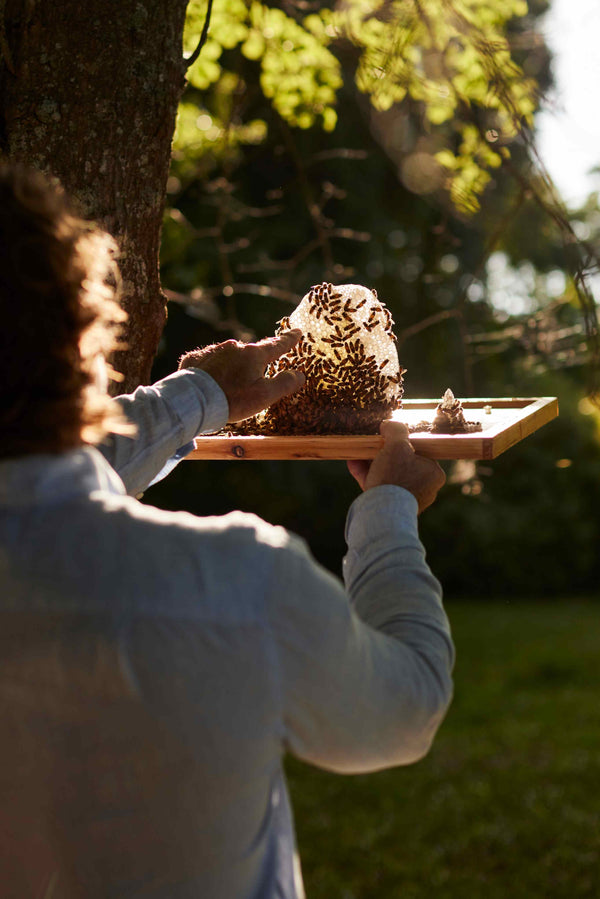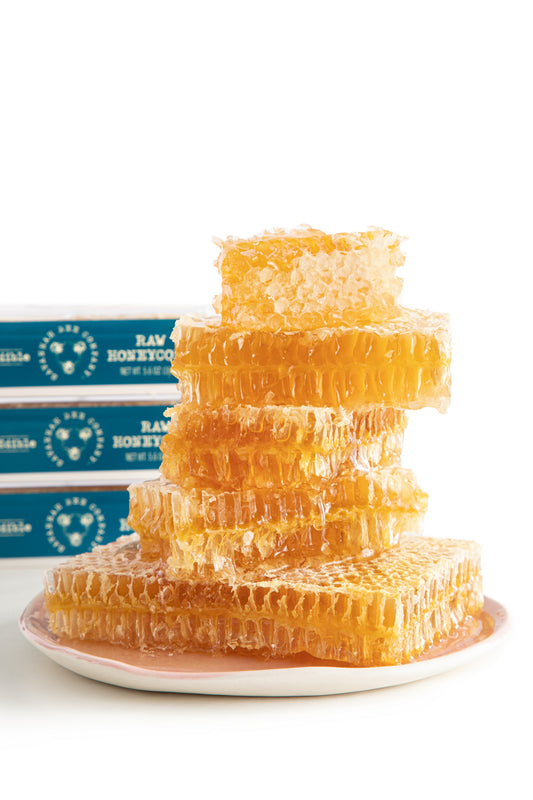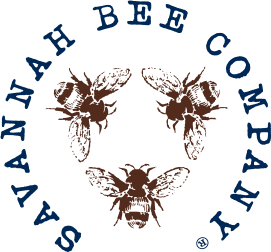The Truth About Raw Honeycomb
Raw Honeycomb is not just a delicious addition to your charcuterie board - it’s both a structural marvel and a nutrient rich snack.
It's no wonder why bees work tirelessly to create these hexagonal wonders.
Let's dive into the world of honeycomb and explore its benefits, how it’s made, and how this natural product can change and evolve.
First things first, what is raw honeycomb?
Raw honeycomb is a structure made of beeswax that bees build to store honey.
The hexagonal shape allows bees to store as much honey as possible while using the least amount of wax - a natural feat of engineering genius.

But honeycomb isn't just a feat of nature, it’s also packed with health benefits.
Honeycomb contains antioxidants that are believed to boost your immune system and reduce inflammation.
It also has antibacterial properties that can help fight off infections.
And let's not forget about its delicious taste and natural sweetness, making it a perfect substitute for processed sugar.
How Does Honeycomb Form?
It all starts with bees collecting nectar from flowers.
They then store the nectar in their honey stomachs, where enzymes break down the sugars.
Back at the hive, bees put the nectar into the beeswax cells and fan their wings to evaporate the excess water.
This process continues until the nectar becomes… drumroll …HONEY!
As it dries and hardens, it creates air pockets in the wax cells, resulting in the iconic honeycomb shape.

No Two Honeycombs Are Alike
Something to acknowledge is that the color and texture of honeycomb can vary depending on the type of flowers the bees collect nectar from.
If you pick up your local beekeeper’s honeycomb and it’s a dark maple color, and then you pick up Savannah Bee Company Honeycomb and it’s a lighter color - that just means the bees were traveling to different groups of flowers.
Different areas grow different plants.
Even the same hives with the same colony of bees can have vastly different colored honey season to season - that’s because there are different flowers growing each season.
Yes, Raw Honeycomb is 100% Edible!
Now that we understand honeycomb color, let’s acknowledge honeycomb’s changes in its edible, post-hive life.
With a natural product, you can’t always control what it looks or tastes like, and that just speaks to the ever-changing way of nature.
Just because honeycomb may not look pristine, it doesn't mean it’s gone bad - and it definitely doesn’t mean it’s not absolutely delicious.

Try some of our favorite ways to enjoy raw honeycomb!
- As the centerpiece to grazing boards.
- Topping warm biscuits.
- Tossing into salads.
- Garnishing cocktails.
- For a finishing touch to desserts.
The Magic of Crystallization
Honey crystallizes because it contains a high concentration of sugar, mainly glucose and fructose.
When honey is stored for a long period of time, the sugar molecules in the honey can begin to stick together and form crystals.
This is a natural process and does not indicate that the honey has gone bad or spoiled.
Some people are hesitant about eating crystalized honeycomb, but it is 100% safe to consume.
The rate at which honey crystallizes depends on several factors, such as the type of honey, its storage temperature, and the presence of pollen or other particles that can act as nuclei for crystallization.
The colder it is, the faster it crystalizes. Some types of honey, such as those with a high glucose content, crystallize more quickly than others.
As far as the taste difference between crystallized and not, it’s practically the same.
It only affects the texture. Some people even prefer crystalized honey! The change in texture can make it taste like chewy candy.
There’s a lot to know and love about nature’s candy. No matter the state it’s in, raw honeycomb is nutritious and so very delicious.
Want to learn more? Click here to watch our founder Ted Dennard talk about the magic of honeycomb and show you new ways to use it.
#savethebees
Raw Honeycomb
$19.00 USD
$19.00 USD
Published



